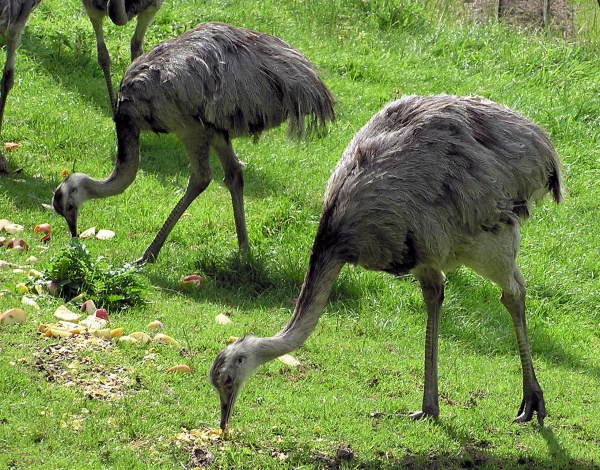Facts About Rhea (bird)
Rheas are captivating, large, flightless birds native to South America, and they share a distant kinship with ostriches and emus. There are two primary species you may encounter: the greater rhea, also known as the American rhea, and the lesser rhea, or Darwin's rhea. Additionally, the puna rhea is recognized as a separate species by the IUCN. While the greater and puna rheas are classified as near-threatened, Darwin's rhea is relatively more secure, falling under the least concern category. Fascinatingly, there is even a wild population of greater rheas that has established itself in Germany.
The name "rhea" is derived from the Greek Titan Rhea, alluding to the bird's majestic and flightless nature. Scientifically, the genus Rhea encompasses two living species alongside several subspecies. Rheas are easily identifiable by their grey-brown plumage, long legs, and elongated necks, giving them a resemblance to ostriches. An interesting fact about them is their unique ability to store urine in an expanded part of their cloaca.
You can find these birds across various South American countries, including Argentina, Bolivia, Brazil, Chile, Paraguay, Peru, and Uruguay. They thrive in open grasslands and lowlands. The German population of rheas originated from birds that escaped a farm and have since adapted well to the local countryside, steadily increasing in numbers.
Rheas are typically quiet, but during the breeding season, males become vocal, emitting loud calls to attract females. They usually reside in flocks and have a varied diet that includes vegetation, fruits, insects, and small animals. When it comes to reproduction, rheas are polygamous. The males undertake the remarkable task of building nests, incubating eggs, and caring for the chicks.
Unfortunately, greater and puna rheas are facing threats due to habitat loss, placing them in the near-threatened category. Conversely, the lesser rhea remains relatively stable. In South America, rheas are valued for their feathers, skins, and meat. Traditionally, gauchos on horseback would hunt them using bolas, a type of throwing weapon. The cultural significance of rheas is also underscored by their depiction on coins in Argentina and Uruguay.

 Uruguay
Uruguay